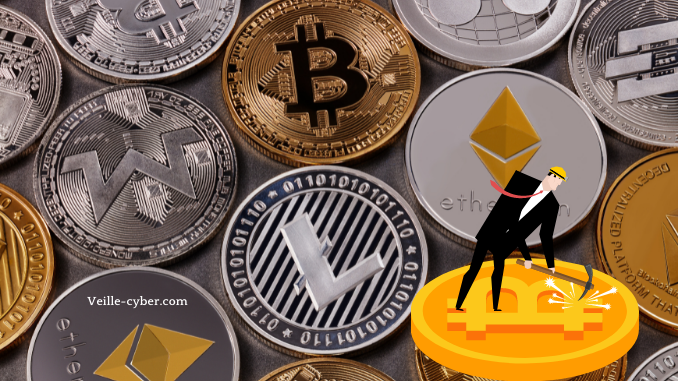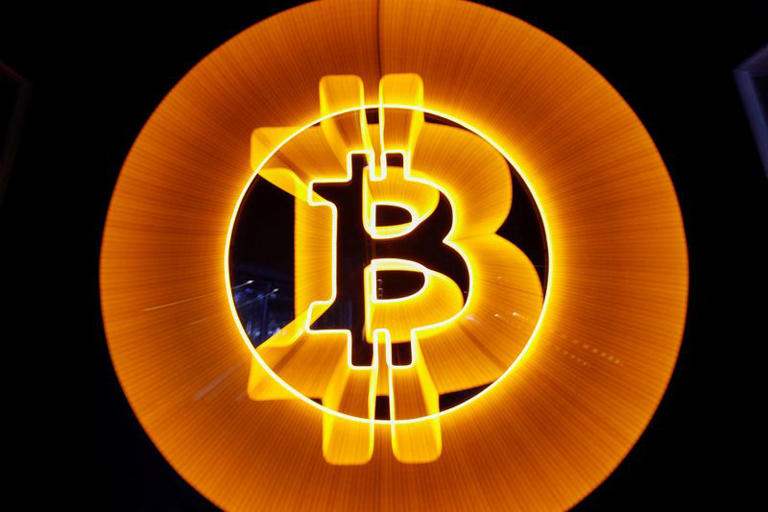Stablecoins got fresh attention this month when Circle — the issuer of the USD Coin (USDC) stablecoin — announced a plan to list on the New York Stock Exchange and China, on the same day, warned that stablecoins had become speculative tools that could threaten the global financial system.
Stablecoins’ total market cap is currently more than US$110 billion, with Tether (USDT) taking the lead at US$62 billion, followed by USDC at US$26 billion, according to CoinGecko data. Circle says USDC’s market cap has grown by more than 3,400% since early 2021, and that it has been used for over US$785 billion of on-chain transactions.
Circle’s plan to list is a sign of how stablecoins are increasingly mainstream. But their swift rise has raised concerns about transparency involving their reserves and drawn regulators’ attention not only in China but also Thailand
Crypto on-ramp
Stablecoins are a great entry point for crypto novices, Cynthia Wu, a founding partner and head of sales and business Development at Matrixport, a Singapore-based digital asset financial services platform, told Forkast.News. Matrixport has partnered with Circle to enable international bank wire transfers to Matrixport accounts, with automatic settlement in USDC.
“Stablecoins also provide an important fiat on-ramp pathway for crypto users seeking yield in de facto USD denomination. The interest arbitrage opportunity in crypto, compared to bank deposit rates, is much more attractive for investors who want to earn higher yields than traditional fixed-interest investments,” Wu said. “Consequently, stablecoins play a key role in broadening the user base and growing the crypto industry.”
Mots-clés : cybersécurité, sécurité informatique, protection des données, menaces cybernétiques, veille cyber, analyse de vulnérabilités, sécurité des réseaux, cyberattaques, conformité RGPD, NIS2, DORA, PCIDSS, DEVSECOPS, eSANTE, intelligence artificielle, IA en cybersécurité, apprentissage automatique, deep learning, algorithmes de sécurité, détection des anomalies, systèmes intelligents, automatisation de la sécurité, IA pour la prévention des cyberattaques.






